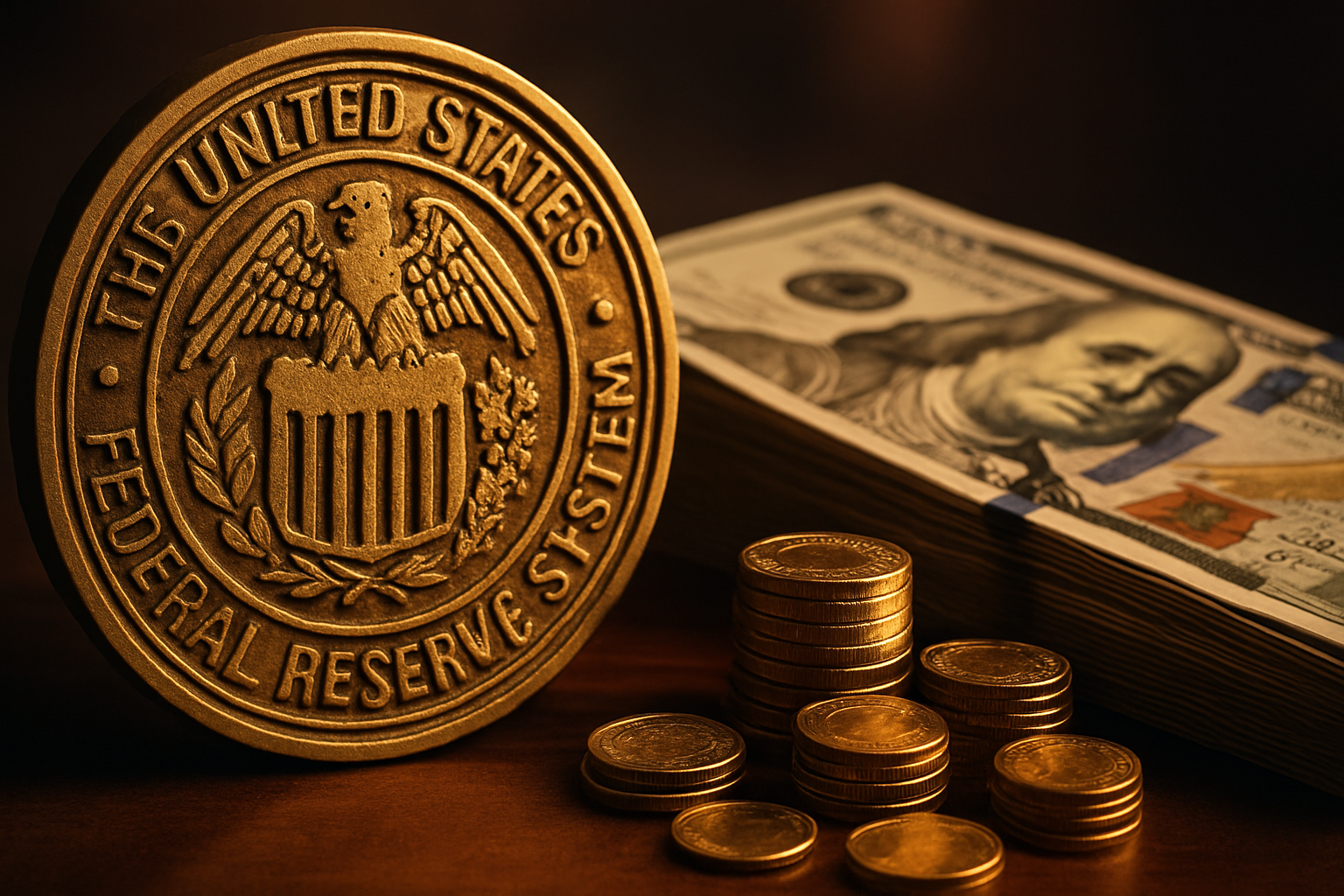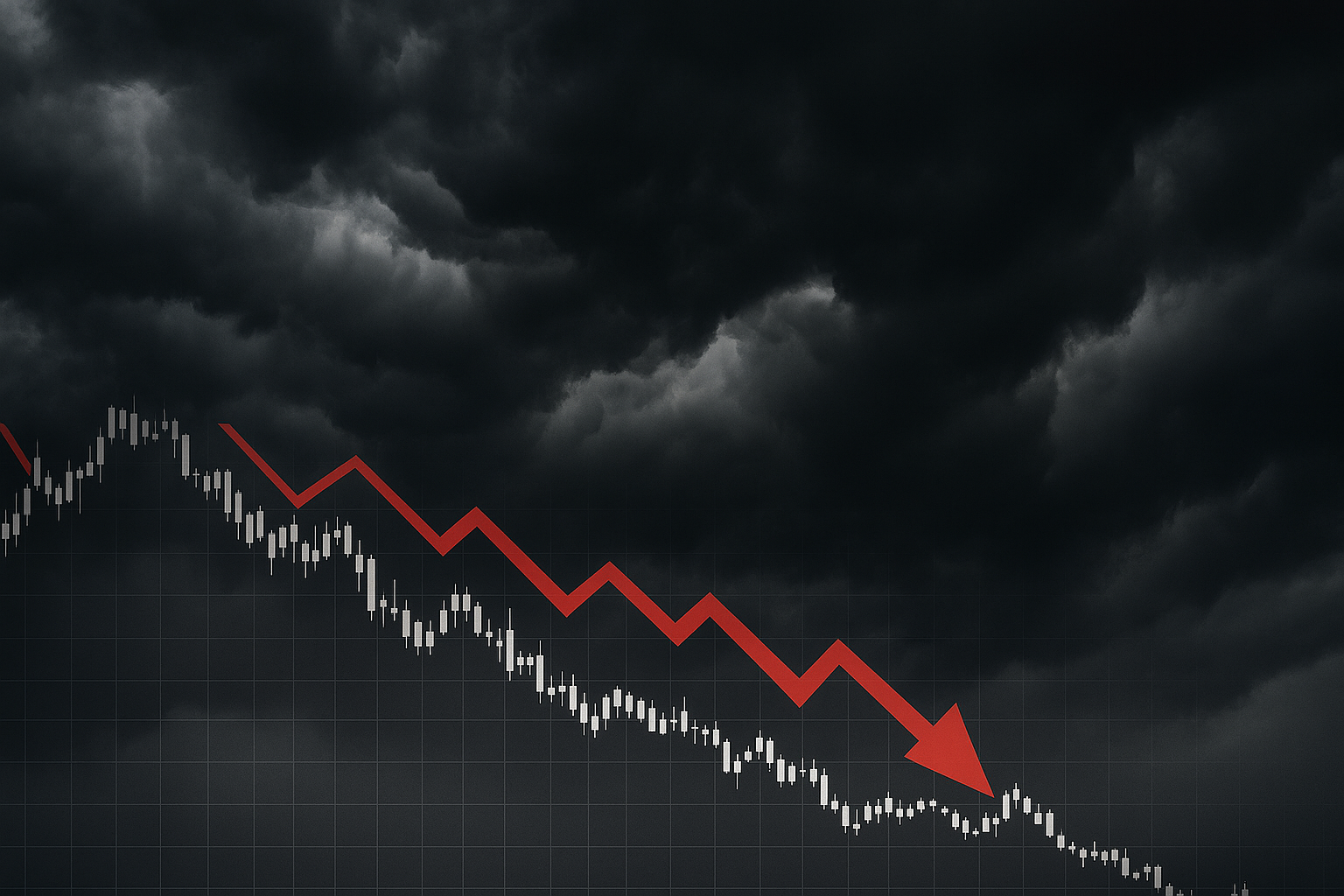How Tariffs Could Prolong Inflation
Insights from the Atlanta Fed’s Bostic
In recent remarks that should concern anyone keeping a close watch on inflation and economic policy, Raphael Bostic, President of the Federal Reserve Bank of Atlanta, issued a clear warning: the impact of tariffs could be far more persistent than previously thought. While tariffs have often been seen as temporary policy tools with discrete, short-term inflationary effects, Bostic's message points to a more drawn-out and insidious process—one that could further complicate the Federal Reserve's already delicate balancing act.
At the heart of Bostic’s concern is the gradual pass-through effect of tariffs on prices. In typical economic models, the imposition of tariffs leads to a near-immediate adjustment in pricing. Import costs rise, businesses raise prices accordingly, and inflation ticks up. But the real-world data—and what Bostic is hearing from businesses—suggests a different pattern. Many firms have been holding back on passing along increased costs to consumers, waiting to see whether the policy direction becomes more predictable. This delay means inflationary pressures are building beneath the surface and could be unleashed gradually, stretching over many quarters.
The timing of this warning is critical. With inflation having cooled from its post-COVID highs but still stubbornly above the Federal Reserve’s 2% target, any renewed or prolonged pricing pressure threatens to derail the central bank’s roadmap. Bostic, who has consistently struck a cautious tone, reiterated his expectation of just one rate cut this year and three in 2026, assuming inflation moves in the right direction. However, the re-introduction or expansion of tariffs—especially those related to trade with China—could upend that plan. If inflation proves sticky due to slow-moving pass-through effects, the Fed may be forced to remain restrictive longer than markets currently expect.
Another important dimension to this story is the psychological component. Inflation isn’t just about numbers—it’s about expectations. When businesses anticipate sustained higher costs, they build those assumptions into future pricing. When consumers expect prices to rise, they behave differently—accelerating purchases and demanding higher wages. The Fed has worked hard to keep inflation expectations anchored. If tariffs shake that confidence, it could make restoring price stability much more difficult. Bostic understands this and has made it a central element of his recent communication strategy.
Moreover, tariffs can be politically expedient but economically distortive. They shift burdens onto consumers, often disproportionately affecting lower-income households. They also create new uncertainty for business investment and global supply chains. As Bostic noted, this uncertainty causes delays in business decisions—whether about pricing, hiring, or capital spending. These knock-on effects could amplify economic inefficiencies and dampen growth at a time when the economy is already navigating tighter credit conditions and elevated interest rates.
It’s important to recognize that this isn’t just theoretical. Research from within the Federal Reserve itself suggests that recent rounds of tariffs have already contributed to higher goods prices, and that newer or broader tariff schemes could do more of the same. In essence, what may begin as a “policy lever” becomes, in practice, a slow-burning inflation accelerant. This matters enormously in a high-debt environment, where even modest changes in interest rates and inflation expectations can swing trillions of dollars in borrowing costs for the government and households alike.
As investors and advisors, we should be mindful of what this means going forward. The Fed’s trajectory is no longer just about the unemployment rate or core CPI—it’s about how external shocks like tariffs can reshape expectations and complicate monetary policy. For those of us managing long-term assets in this environment, vigilance is required. Inflation may appear to be retreating, but that could be temporary. We need to prepare for scenarios where inflation persists or re-accelerates—not due to overheating demand, but due to trade policy missteps that ripple across the economy for months or even years.




